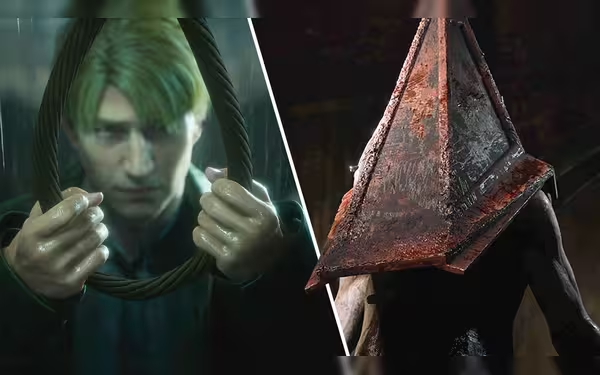Saturday, November 16, 2024 05:52 PM
Silent Hill 2 Remake: A Haunting Journey into Psychological Horror
- Remake captures the essence of the original game.
- Psychological horror immerses players in despair.
- Chilling sound design enhances the overall experience.
 Image Credits: ign_pk
Image Credits: ign_pkThe remake of Silent Hill 2 immerses players in a haunting psychological horror experience, capturing the essence of the original game.
The world of video games has seen many remakes, but few have captured the essence of their predecessors as effectively as the remake of "Silent Hill 2." Originally released in 2001, this survival horror classic has left an indelible mark on the gaming community. The remake, developed by Bloober Team, aims to bring back the haunting atmosphere and psychological depth that made the original a landmark title. However, it does so by embracing a level of misery that is both unsettling and captivating.
From the very beginning, players are thrust into a world shrouded in thick fog, a signature element of the Silent Hill series. The fog not only serves as a visual cue but also enhances the feeling of isolation and dread. As players navigate through the eerie streets, they quickly realize that escaping the monsters is not as simple as it seems. Instead of finding solace, they are led into some of the most disturbing environments imaginable, filled with decay and despair.
The design of the game plays a crucial role in conveying its themes. Each location is meticulously crafted to reflect a downward spiral into madness. Initially, players encounter seemingly abandoned places, but as they delve deeper, the surroundings become increasingly oppressive. The once-familiar shapes morph into grotesque forms, creating a sense of unease that lingers long after the game is turned off.
Lighting, or the lack thereof, adds another layer of tension. Players often find themselves in pitch-black areas, where the only source of light flickers sporadically. This design choice forces players to confront their fears head-on, as they sprint between light switches in a desperate attempt to stave off the encroaching darkness. The feeling of being trapped in a world devoid of sunlight is both haunting and effective, making every glimpse of daylight feel like a breath of fresh air.
Accompanying the visual elements is a soundscape that is nothing short of chilling. The original composer, Akira Yamaoka, returns to provide an auditory experience that heightens the sense of dread. The sounds of approaching creatures blend seamlessly with the music, creating an atmosphere that keeps players on edge. Every creak and whisper becomes a source of anxiety, making it difficult to distinguish between reality and hallucination.
Unlike many modern horror games that rely on action and combat, "Silent Hill 2" focuses on psychological horror. The gameplay mechanics are designed to immerse players in a world where every decision feels weighty. Puzzles are intricately woven into the environment, requiring players to explore and backtrack, which adds to the mental exhaustion. This design choice effectively mirrors the protagonist's own descent into despair, allowing players to empathize with his plight.
As players progress through the game, they are met with increasingly challenging obstacles that test their resolve. The final sections of the game, particularly in the prison and labyrinth, are designed to be relentless. The darkness is nearly impenetrable, and the enemies are grotesque and aggressive. This relentless pressure serves to communicate the emotional toll that the protagonist, James Sunderland, experiences throughout his journey.
The remake of "Silent Hill 2" is a masterclass in horror game design. It successfully captures the essence of the original while introducing modern elements that enhance the experience. The combination of oppressive environments, haunting sound design, and psychological gameplay creates a unique experience that resonates with players. While the game may be utterly miserable, it is this very misery that makes it a compelling and unforgettable journey into the depths of fear and despair. For those brave enough to venture into Silent Hill, the experience promises to be both haunting and enlightening.












